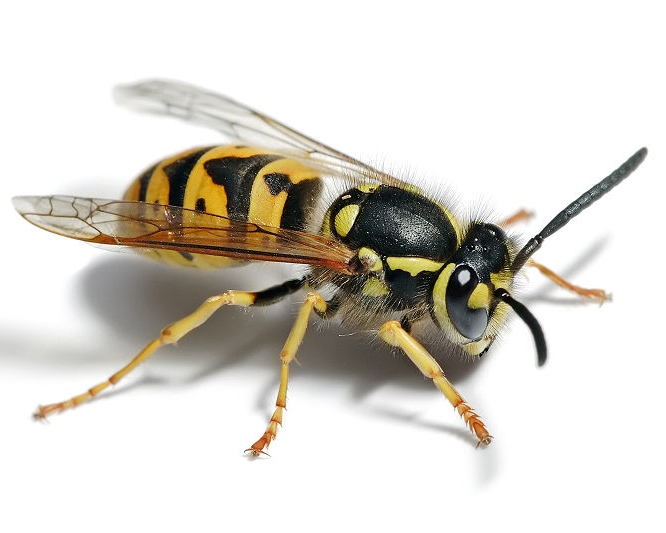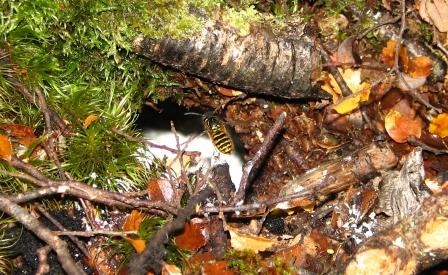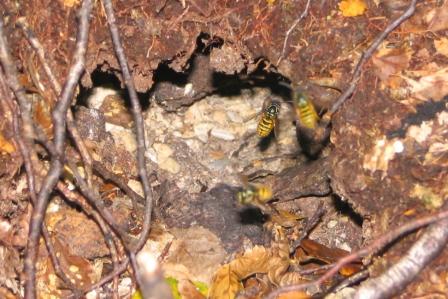
Wasp Control
German (Vespula germanica) and Common (Vespula vulgaris) wasps
About
German wasps accidentally caught a boat ride to New Zealand in 1945 with some aircraft parts.
Common wasps arrived more recently, in the late 1970s, and have quickly taken over as the dominant introduced wasp species.
Both these introduced wasps prey on native invertebrates (insects) and also collect honeydew all through the warmer months when they are nesting. This honeydew is produced by a scale insect living in the bark of certain species of beech tree and is an essential food source for insects, birds and reptiles. These wasps are a competitor for the same food needed by our birds and insects, as well as a meat eating predator.
Control
We use two methods of controlling wasps. In the national park, our volunteers assist the Rotoiti Nature Recovery Project with their wasp bait trials. The bait is put into bait stations (pictured) for a short time during summer . The time for bait deployment is guided by monitoring of wasp numbers attracted to a protein source. The worker wasps carry portions back to the nest, killing the queen and developing larvae.
We assist DOC with the annual “ Wasp Wipeout” project where Vespex bait is distributed along a number of tracks and around huts. Any remaining bait is collected several days later.
Please contact us if you would like more information about our wasp control.
Useful Resources
Map of RNRP and FOR wasp control with Vespex (active ingredient - fipronil) (PDF, 446KB)







